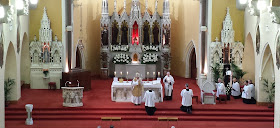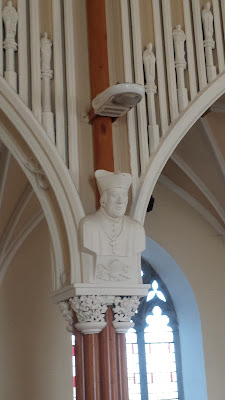"We may notice that pious persons will be the ones most disturbed, because, having their respectable way of listening to Mass, they will feel distracted from their customary thoughts and forced to follow those of others...
"...Not Latin, but the spoken language, will be the main language of the Mass. To those who know the beauty, the power, the expressive sacrality of Latin, its replacement by the vulgar language is a great sacrifice: we lose the discourse of the Christian centuries, we become almost intruders and desecrators in the literary space of sacred expression, and we will thus lose a great portion of that stupendous and incomparable artistic and spiritual fact that is the Gregorian Chant. We will thus have, indeed, reason for being sad, and almost for feeling lost: with what will we replace this angelic language? It is a sacrifice of inestimable price."
* * *
The Sacred Constitution of the Second Vatican Council Sacrosanctum Concilium spoke thus:
"23. That sound tradition may be retained... there must be no innovations unless the good of the Church genuinely and certainly requires them; and care must be taken that any new forms adopted should in some way grow organically from forms already existing."
"36. 1. Particular law remaining in force, the use of the Latin language is to be preserved in the Latin rites... 2. But since the use of the mother tongue, whether in the Mass, the administration of the sacraments, or other parts of the liturgy, frequently may be of great advantage to the people, the limits of its employment may be extended..."











































